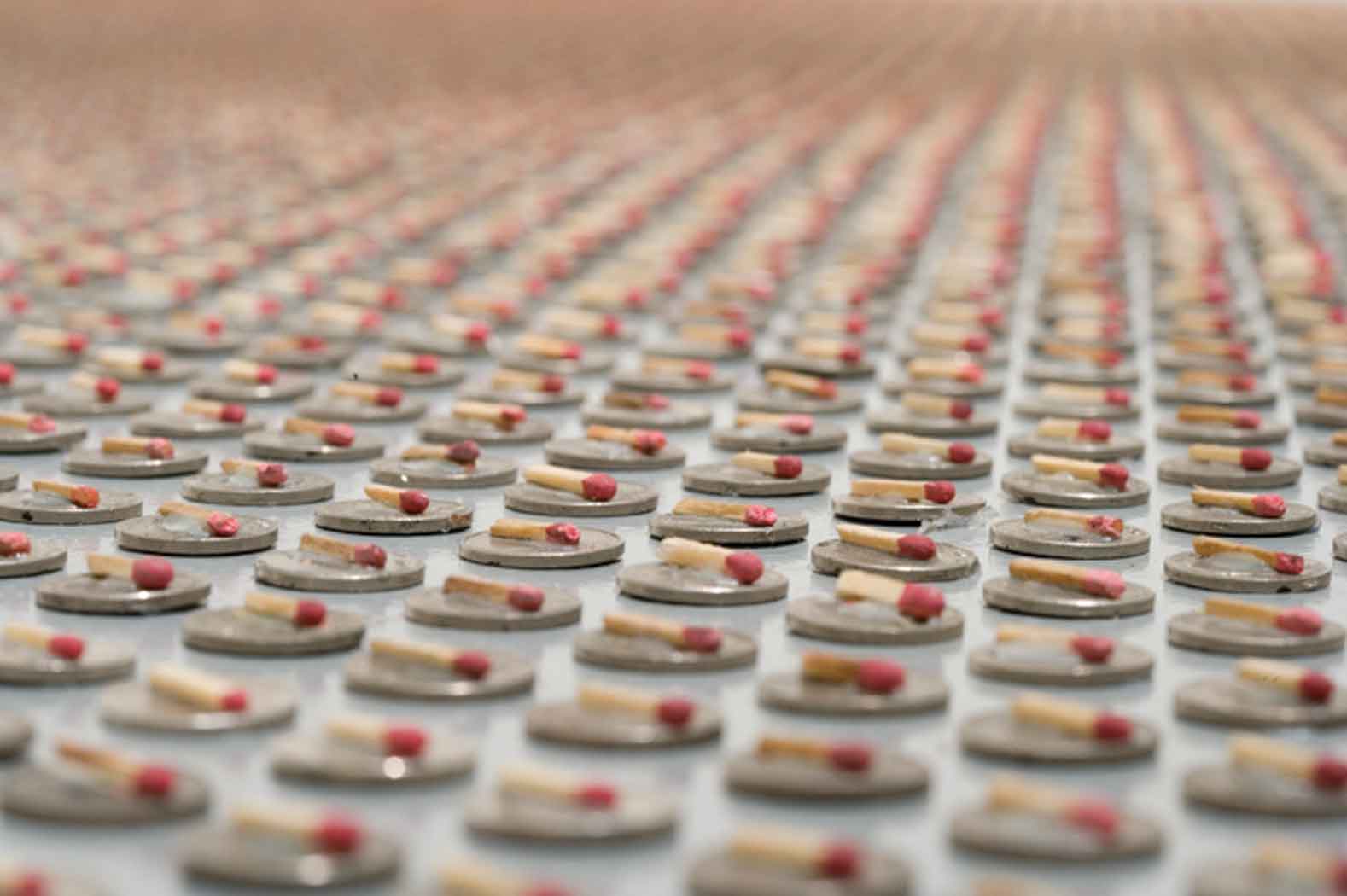“Under the Big Black Sun at the Museum of Contemporary Art, Los Angeles,” ARTPULSE Magazine, Vol. 3 No. 4, Spring 2012.
“MOCA’s Under The Big Black Sun: California Art 1975-1981″ features works by legendary artists like John Baldessari, Chris Burden, Judy Chicago, Mike Kelley, Paul McCarthy, Raymond Pettibon, Martha Rosler and Bette Saar. These artists are well represented in this show, as well as in orbiting Pacific Standard Time extravaganzas. But I’m not going to talk about them. I’m going to talk about art spaces I didn’t know much about before visiting MOCA’s show. With little irony, the greatest asset of MOCA’s ambitious and considered show, something only a huge museum could execute, is that it provides a few choice models of smaller, artist-run, artist-supported and artist-centered alternatives to the old-model, board-driven, conservative museum institution. This is especially beneficial to people, like myself, who weren’t alive, or conscious, of these inspirational models of working when they first entered the cultural landscape. Exploring the exhibition, I couldn’t help but see connections between the past and the present.

Chris Burden, The Reason for the Neutron Bomb (detail), 1979, 50,000 nickels and 50,000 matchsticks, 30 ft. 8 in x 17 ft. 6 in. Collection of the Museum of Contemporary Art, San Diego. Photo: Pablo Mason. © Chris Burden, 1979.
Carl Cheng’s Natural Museum of Modern Art, which transformed a vacant building on the Santa Monica Pier from 1979-80 into a venue for a large-scale sand-sculpting machine that drew abstractions of curious terrarium-like dioramas, seems both foreign and familiar today. Even with explanatory wall labels the work appears inaccessible, like a broken-down theme-park ride one was too late to experience. Generated by a DIY spirit and an interest in promoting the strange and unusual, Cheng’s installation and accompanying photo documentation reminds me of the still-extant Museum of Jurassic Technology in Culver City, CA, which was founded, perhaps not coincidentally, a few years after The Natural Museum of Modern Art closed shop.
On a similar note, Lynn Hershman’s The Floating Museum operated from 1975-78 as a kind of nomadic, artist-run exhibition service, helping artists secure venues outside the confines of the white cube and execute one-night or short-term exhibitions in the San Francisco area, and later in venues abroad. Hershman’s solo media projects addressing feminist art practices are well known, but the impact of this short-lived but influential organization deserves a second look, especially considering it facilitated projects by a slew of important contemporary artists, from Michael Asher to Eleanor Antin. This resourceful approach to assisting artists resonates today in like-minded organizations such as Artist Curated Projects, West of Rome Public Art, Summercamp, and basically all the groups that participated in last year’s Los Angeles Collective Show, an event showcasing the efforts of artist-run venues who do fantastic things, both inside and outside “art spaces,” on shoestring budgets.
More alternative exhibition models abound in MOCA’s show. David Ireland’s 1976 renovation of his San Francisco Victorian house blurs the boundaries between art and life, with carefully arranged and altered domestic objects such as chairs, lamps and brooms, all which perhaps provided inspiration to Jorge Pardo’s similar MOCA-sponsored house-as-art exhibition 20 years later. While no one is trying to claim the mantle of true originality here, especially since many of these works find their predecessors in the likes of Duchamp and roots in O.G. resistance to the Salon de Paris, it’s nice to see an exhibition, especially in a place like MOCA (L.A.’s “artist museum”), highlighting new ways of contextualizing and exhibiting art that will hopefully inspire today’s generation of artists, as well as many more in the future.
©2024 Tucker Neel. All rights reserved.